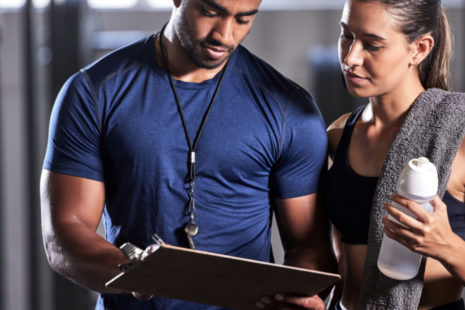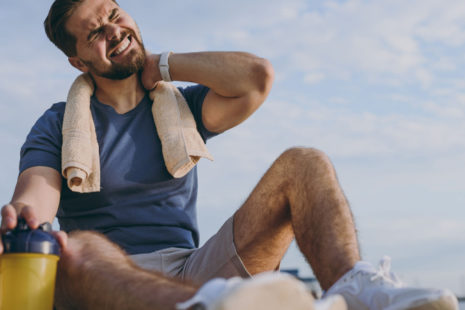“Thrower’s shoulder” is a term used to describe a variety of shoulder injuries commonly seen in athletes who participate in sports that involve repetitive overhead throwing motions, such as baseball, softball, and javelin throwing. These injuries often affect the tendons, ligaments, and muscles around the shoulder joint. Proper management of the thrower’s shoulder typically involves a combination of rest, physical therapy, and in some cases, medical interventions.
Here are some steps to help fix a thrower’s shoulder…
- Rest and Avoid Overhead Activities: Initially, giving the shoulder adequate rest is essential to allow the injured tissues to heal. Avoid activities that involve overhead throwing motions during this period.
- Ice and Heat Therapy: Applying ice packs to the affected shoulder for 15-20 minutes several times a day during the first 48 hours can help reduce inflammation and pain. After 48 hours, applying heat can help relax muscles and improve blood flow.
- Pain Management: Over-the-counter pain relievers, such as acetaminophen or nonsteroidal anti-inflammatory drugs (NSAIDs), can help manage pain and reduce inflammation. Always follow the recommended dosage and consult a healthcare professional if you have any medical conditions or are taking other medications.
- Physical Therapy: Seek help from a therapist experienced in treating thrower’s shoulder. Physical therapy can address muscle imbalances, improve shoulder stability and range of motion, and guide you through specific exercises to rehabilitate and strengthen the shoulder.
- Strengthening Exercises: Physical therapy may include exercises to strengthen the rotator cuff muscles and other muscles supporting the shoulder joint. These exercises help restore stability and function to the shoulder.
- Stretching: Gentle stretching of the shoulder muscles and surrounding structures can improve flexibility and reduce muscle tension.
- Throwing Mechanics Analysis: If you’re an athlete involved in repetitive overhead-throwing sports, work with a coach or a sports-specific expert to analyze and improve your throwing mechanics. Proper technique can reduce stress on the shoulder and prevent future injuries.
- Gradual Return to Throwing: Once the shoulder has healed, work with a physical therapist to develop a gradual and controlled throwing program to return to your sport safely.
- Bracing or Taping: In some cases, taping or bracing the shoulder may provide additional support and stability during recovery.
- Avoid Overexertion: Allow the shoulder to rest and avoid overexertion during recovery. Trying to return to sports too soon can lead to re-injury.
- Medical Interventions: In cases of severe thrower’s shoulder injuries, medical interventions like corticosteroid injections or surgery may be necessary. Consult with an orthopedic specialist for further evaluation and recommendations.
Address the thrower’s shoulder early to prevent chronic issues and long-term damage. The severity and nature of the injury will determine the appropriate treatment plan. Always work closely with healthcare professionals, such as physical therapists and orthopedic specialists, to receive a proper diagnosis and personalized treatment for the thrower’s shoulder.




